



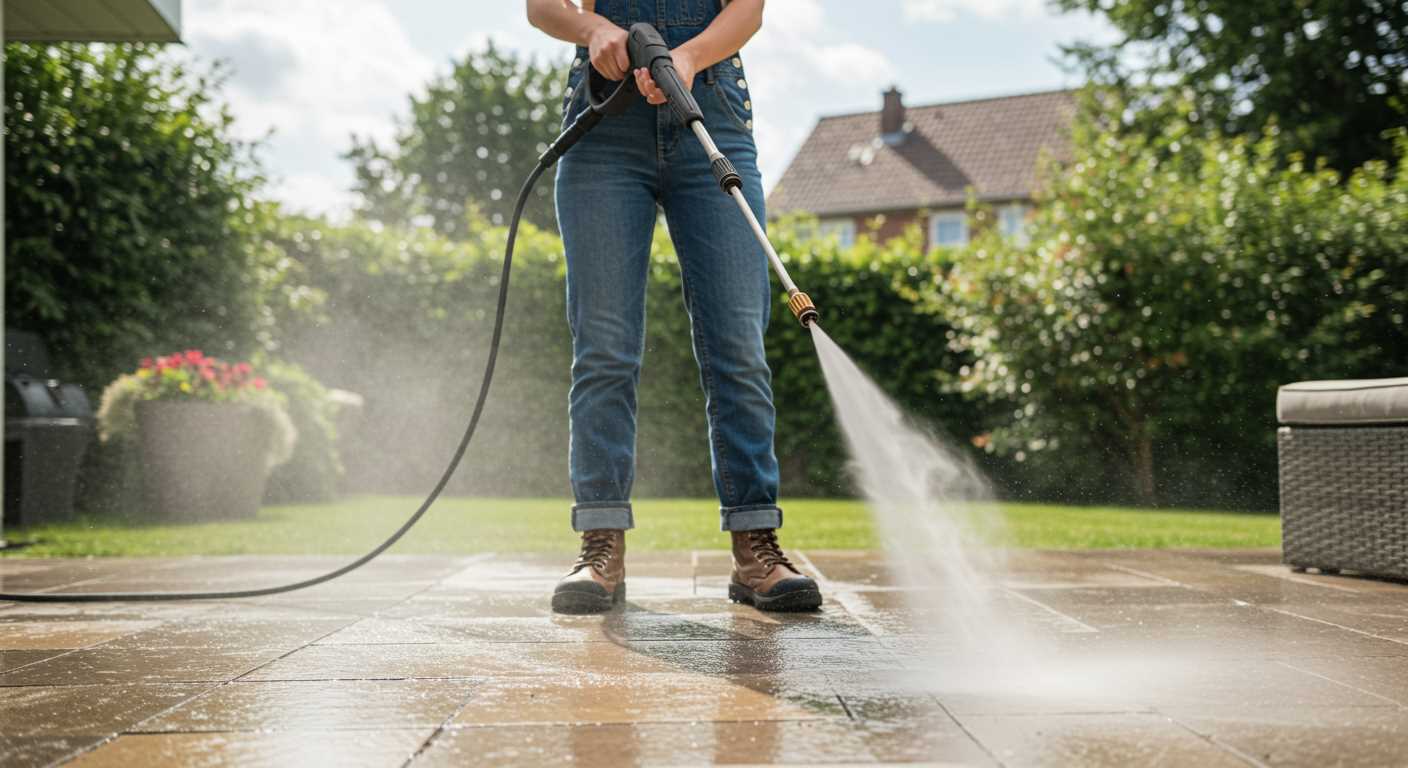
To achieve optimal results, focus on the right nozzle type for specific tasks. A 25-degree nozzle works wonders for general cleaning, while a 0-degree nozzle is ideal for tough stains on concrete surfaces. I once tackled an oil spill at a busy service point, and the pinpoint accuracy of a zero-degree nozzle made the job far quicker than I anticipated.
Prioritising safety is non-negotiable. Always wear protective gear, including gloves and goggles. On one occasion, I neglected to wear safety glasses and ended up with debris in my eye, which turned a straightforward task into a frustrating trip to the optician. Make sure to secure the area, warning customers before starting any cleaning operation.
Water temperature plays a significant role in effectiveness. Hot water can significantly improve grease removal. During a routine maintenance session, I switched to heated water and was amazed at how much easier it was to lift stubborn grime from the pavement. If your equipment allows it, consider adjusting the temperature settings for specific cleaning challenges.
Timing is everything. Early mornings or late evenings are the best times for cleaning, avoiding peak hours when customers are on-site. I remember one busy afternoon when I attempted to clean while customers were refuelling. The chaos made the task unnecessarily complicated. Plan ahead to avoid such situations.
Finally, regular maintenance of your equipment is key to longevity. I’ve seen machines fail due to neglect, costing time and money. After each use, I recommend thoroughly rinsing the equipment and checking for wear and tear. Trust me; a little upkeep goes a long way in extending the life of your gear.
Choosing the Right Pressure Washer for Fuel Station Cleaning
For effective cleaning at fuel facilities, selecting a unit with at least 3000 PSI is crucial. In my experience, models within this range excel at removing stubborn grime, oil spills, and other residues found in these environments. A high flow rate, ideally around 4-5 GPM, complements the pressure, ensuring that dirt is not just pushed around but actually removed from surfaces.
Fuel Compatibility and Safety Features
Opt for machines designed with materials that resist fuel and chemical exposure. Stainless steel components are a solid choice. Additionally, ensure the unit has safety features like automatic shut-off systems and thermal relief valves to prevent overheating during extended use. I’ve seen units without these features struggle, leading to unnecessary downtime and repairs.
Portability and Accessories
Mobility matters, especially in larger areas. A model with sturdy wheels and a lightweight frame will save time and effort. Accessories like adjustable nozzles and surface cleaners can significantly enhance versatility. I recall a time when a simple surface cleaner attachment turned what would have been hours of scrubbing into a quick clean-up. Investing in the right tools can make all the difference in efficiency and results.
Safety Precautions When Using a Pressure Washer at Fuel Stations
Ensure equipment is positioned at a safe distance from fuel dispensers. The minimum distance should be at least 10 feet to prevent accidental spray onto the dispensers or tanks. This simple act significantly reduces the risk of igniting any flammable materials.
Protective Gear
Wearing appropriate protective gear is non-negotiable. I always don a pair of safety goggles and gloves. Not only does this shield you from debris, but it also protects against any chemical residues that may be present. Sturdy footwear with non-slip soles is essential to maintain grip on potentially slippery surfaces.
Electrical Safety
Check all electrical connections meticulously. Water and electricity do not mix well, so ensure that all cords and plugs are in good condition. If you notice any signs of wear or damage, replace them immediately. Additionally, avoid using extension cables that are not rated for outdoor use.
Keep the area well-ventilated. If you’re cleaning in an enclosed space, it’s wise to have a fan or open windows to ensure that any fumes dissipate quickly. This is crucial for maintaining air quality and safety.
Finally, be mindful of your surroundings. Always have a fire extinguisher on hand and know the evacuation routes in case of an emergency. It’s better to be prepared than to find yourself caught off guard. For more guidance on selecting equipment suited for electric vehicles, check this pressure washer for tesla.
In the event of any spills, clean them up immediately. Using absorbent materials can help mitigate risks. If a spill occurs, refrain from using any cleaning equipment until the area is safe. Prioritising safety in these environments is key, not only for yourself but for others around you.
For a change of pace, if you’re exploring culinary adventures, you might find yourself asking how long to put the chana in pressure cooker–just a reminder that attention to detail is paramount in all aspects of work and life.
Techniques for Removing Fuel Spills and Stains
For effective removal of fuel spills, immediate action is critical. Start by applying an absorbent material like kitty litter or sawdust to soak up excess liquid. Allow it to sit for at least 30 minutes before sweeping it up. This reduces the amount of contaminant that may spread during the cleaning process.
Cleaning Solutions
- Utilise a degreaser specifically formulated for hydrocarbon stains. Apply it directly onto the affected area and let it dwell for the recommended time.
- For stubborn stains, mix hot water with a biodegradable detergent. This combination helps break down the chemical bonds in the fuel.
- Test any cleaning solution in a small, inconspicuous area to avoid damaging surfaces.
Technique Application
- After the absorbent material is removed, rinse the area with clean water to remove any residue.
- Apply the degreaser or detergent solution using a low-pressure setting to control overspray and minimise waste.
- Work the solution into the stain with a stiff-bristled brush, ensuring thorough coverage.
- Rinse the area again with clean water, gradually increasing the pressure to lift any remaining contaminants.
- For best results, consider a second application if the stain persists.
Always follow up with a thorough inspection to ensure no residue remains, as lingering chemicals can pose safety risks. Regular maintenance and prompt attention to spills will keep surfaces safe and compliant.
Best Practices for Cleaning Pump Areas and Forecourts
Start with a thorough inspection of the area. Identify high-traffic zones and any visible stains, spills, or debris. It’s crucial to address these spots first, as they tend to accumulate more grime. I recall a time when I missed a small spill next to a pump; it led to a larger issue with staining that took extra effort to clean later on.
Preparation Steps
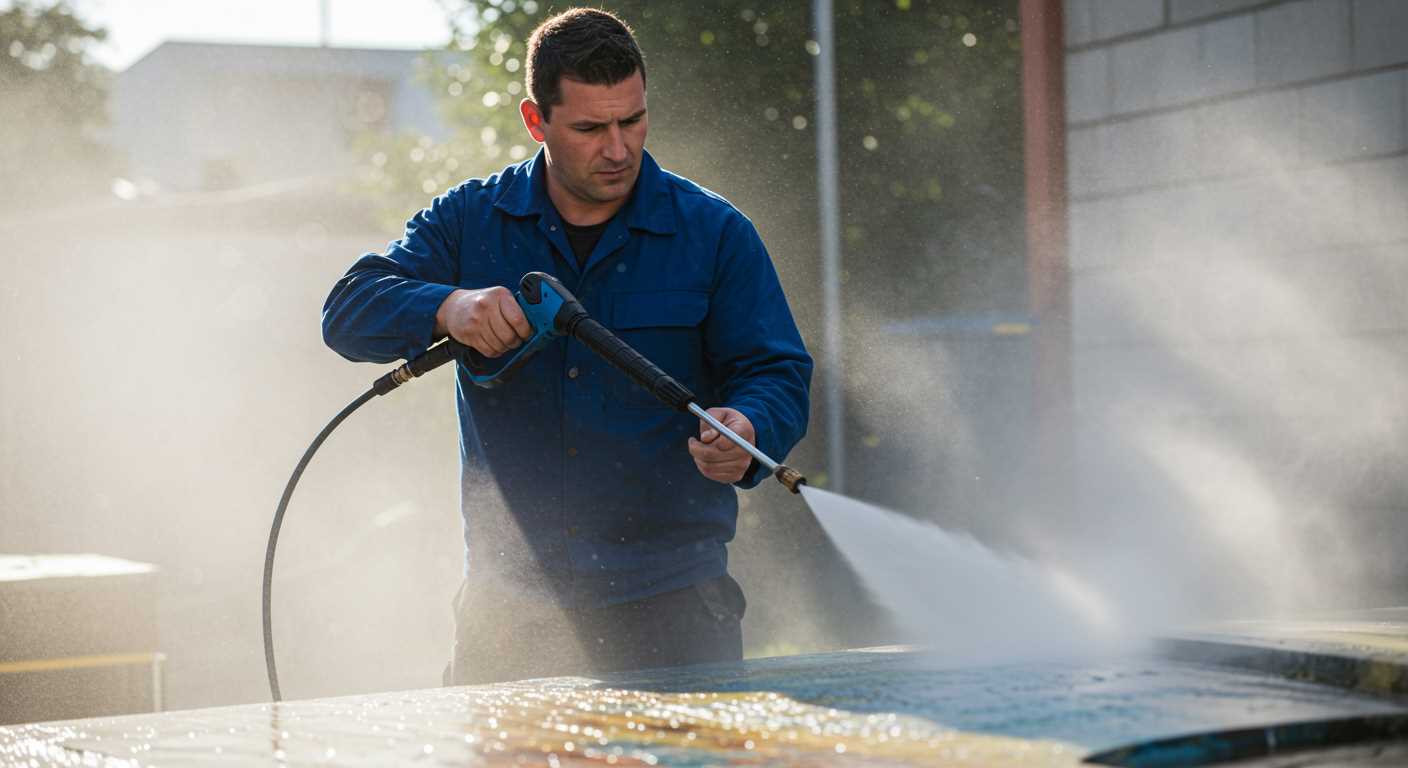
Before getting to work, ensure the area is clear of customers and vehicles. Notify staff and display warning signs to prevent accidents. For optimal results, gather the necessary equipment and cleaning agents. A surface cleaner attachment can significantly improve efficiency, especially on expansive forecourt surfaces.
| Equipment | Purpose |
|---|---|
| Surface Cleaner | For large, flat areas; provides consistent coverage. |
| Degreasers | Effective for tackling oil and fuel stains. |
| Safety Gear | Protective gloves and goggles are a must. |
Cleaning Techniques
Maintain a consistent approach. Start from the furthest point and work towards the exit. This method prevents re-soiling already cleaned areas. For stubborn stains, apply a degreaser and allow it to dwell for a few minutes before rinsing. Adjust the nozzle to avoid damaging surrounding surfaces while ensuring thorough coverage. I often find that using a fan spray helps in avoiding concentrated pressure that could cause surface damage.
Regular maintenance is key. Establish a cleaning schedule that aligns with peak hours to minimise disruption. Not only does this keep the area looking pristine, but it also enhances safety and customer satisfaction. In my experience, a clean forecourt leads to repeat business, as customers appreciate a well-maintained environment.
Managing Waste Water and Environmental Concerns
Implementing a robust waste management system is non-negotiable in fuel retail environments. For every cleaning operation, it is vital to contain and treat waste water effectively. I recommend installing a proper drainage system that separates contaminated water from the clean runoff. This can often be achieved with oil-water separators, which capture pollutants before they enter the sewage system.
During my years in the cleaning industry, I encountered numerous situations where neglecting waste water management led to significant environmental issues and hefty fines. One memorable instance involved a facility that overlooked its waste disposal methods, resulting in a costly cleanup operation and damage to local ecosystems. Learning from experiences like this reinforces the need for diligence in waste management.
Always ensure that your cleaning agents are eco-friendly and compliant with local regulations. Many products available today offer effective cleaning without posing a risk to the environment. Opt for biodegradable detergents that break down naturally, reducing the chemical load on water systems.
Regular monitoring of waste disposal practices can prevent problems down the line. Establish a routine schedule to check containment tanks and separators, ensuring they function properly and do not overflow. This proactive approach not only safeguards the environment but also protects your business from potential liabilities.
Training staff on proper cleaning procedures and the importance of waste management is equally crucial. In my experience, creating a culture of environmental responsibility within the team leads to better compliance and a greater commitment to sustainability efforts.
Lastly, keep an eye on local regulations and industry standards regarding waste and water management. Laws can vary significantly by region, and staying informed ensures that your practices remain compliant while promoting a cleaner environment.
Routine Maintenance Tips for High-Pressure Equipment in Fuel Outlets
Regularly inspecting and cleaning components can significantly extend the lifespan of your high-pressure equipment. Begin with the intake filters; a clogged filter reduces efficiency and can cause overheating. Clean or replace them monthly, depending on usage.
Water Supply and Hose Checks
Ensure that the water supply is free from debris. A quick visual inspection of hoses for cracks or leaks can prevent operational disruptions. Replace any damaged hoses immediately to maintain optimal performance. It’s wise to check connections and fittings regularly to avoid any unexpected water loss or pressure drops.
Motor and Pump Care
Maintaining the motor and pump is non-negotiable. Regularly check the oil levels and look for leaks. Change the oil every 50 operational hours or as per the manufacturer’s recommendations. For the pump, ensure that the seals are in good condition. If you notice any signs of wear, replace them promptly to avoid costly repairs down the line.
Winterisation is also key if the equipment is not in use during colder months. Properly drain the system to prevent freezing and potential damage. Use antifreeze solutions specifically designed for high-pressure systems to protect internal components.
Finally, keep the equipment clean and free from fuel or chemical residues. A simple wipe-down after each use can prevent build-up and maintain the integrity of the machinery. A clean unit not only performs better but also reflects well on the overall professionalism of your facility.

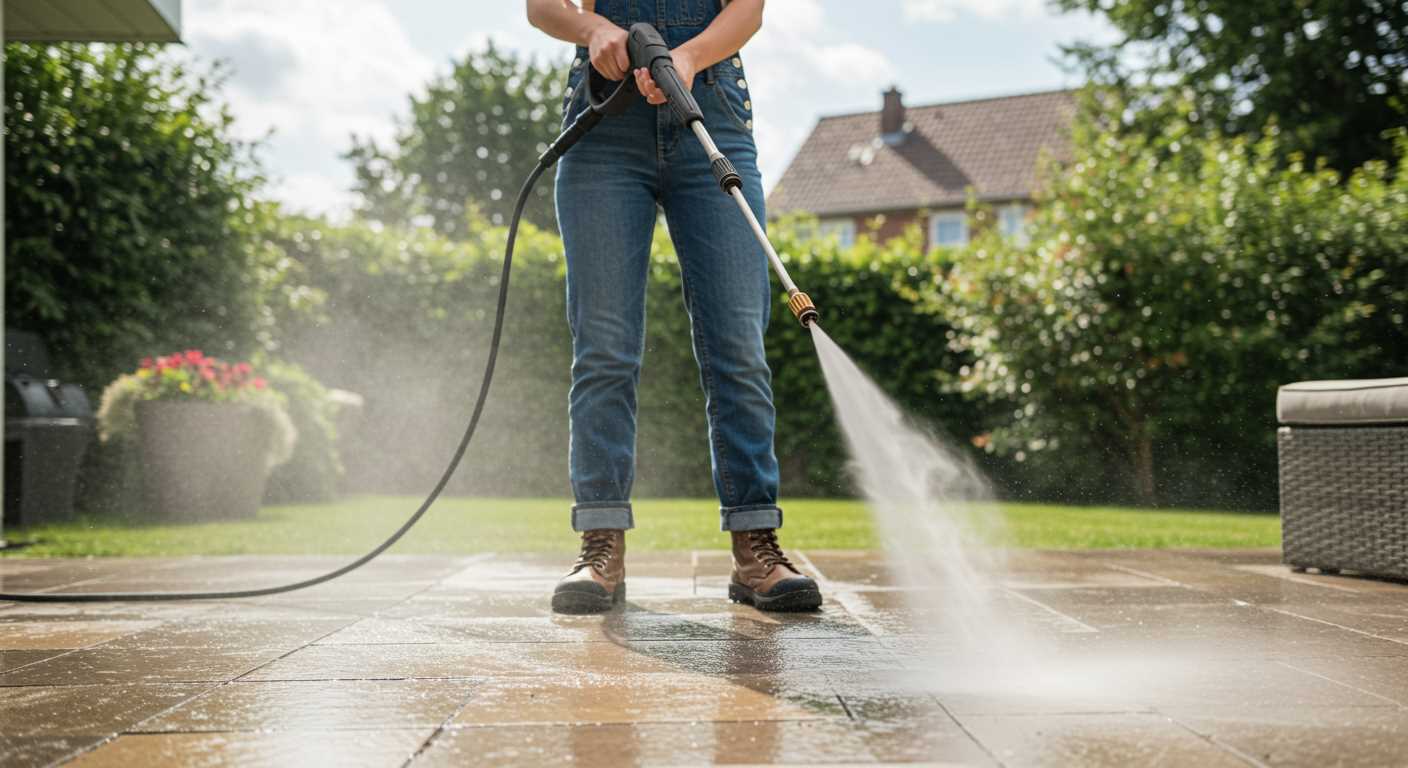


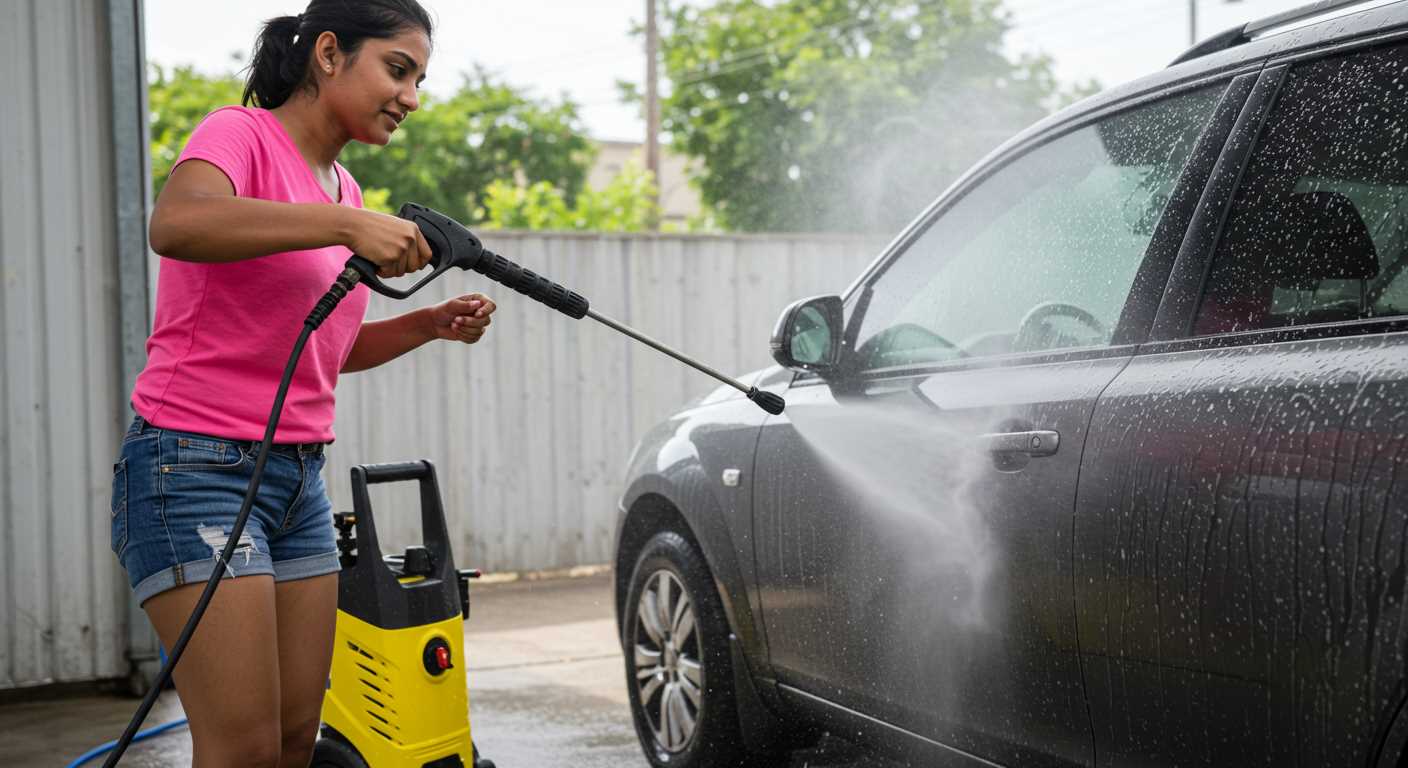
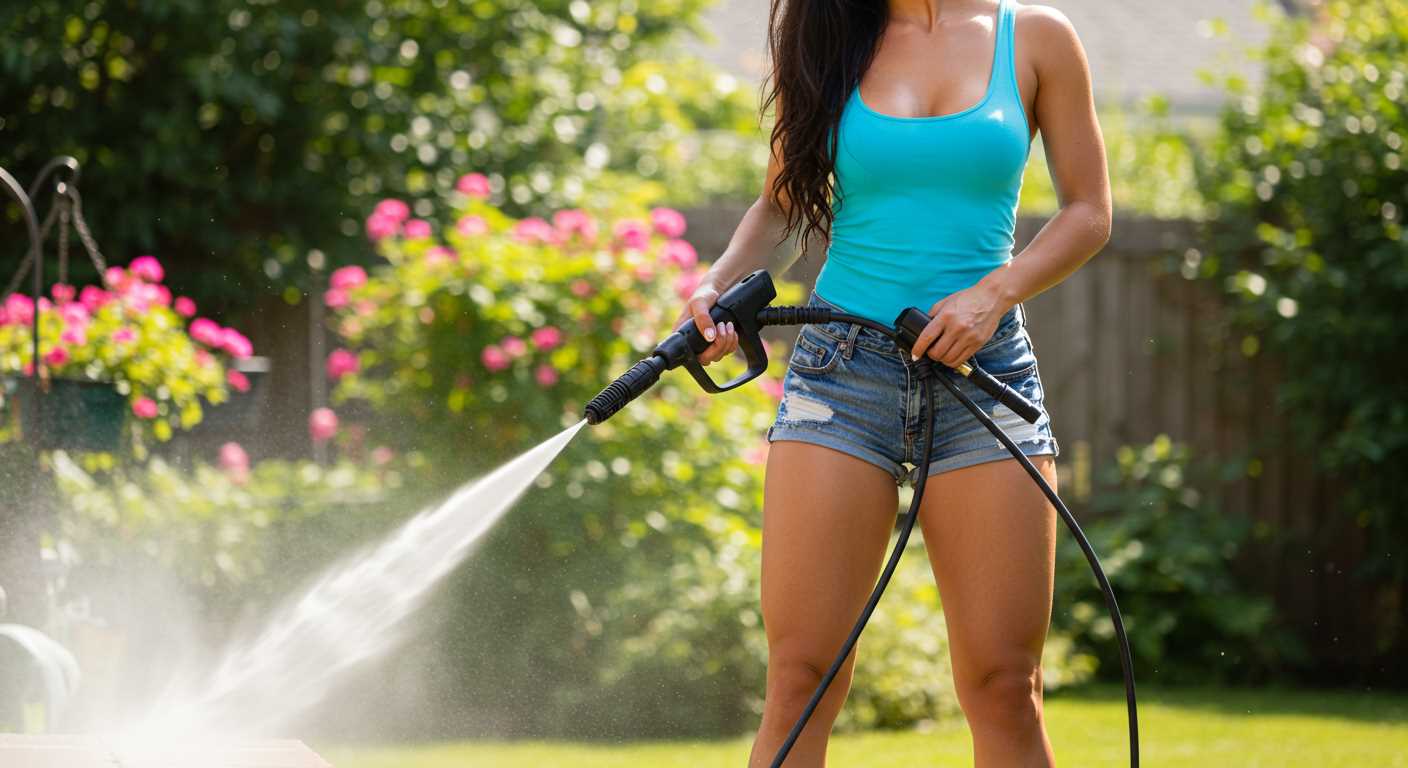
.jpg)


